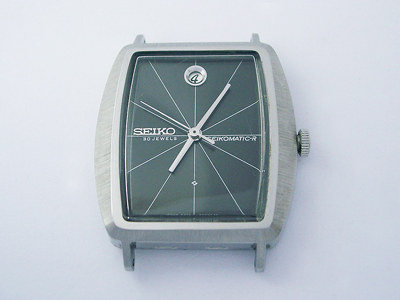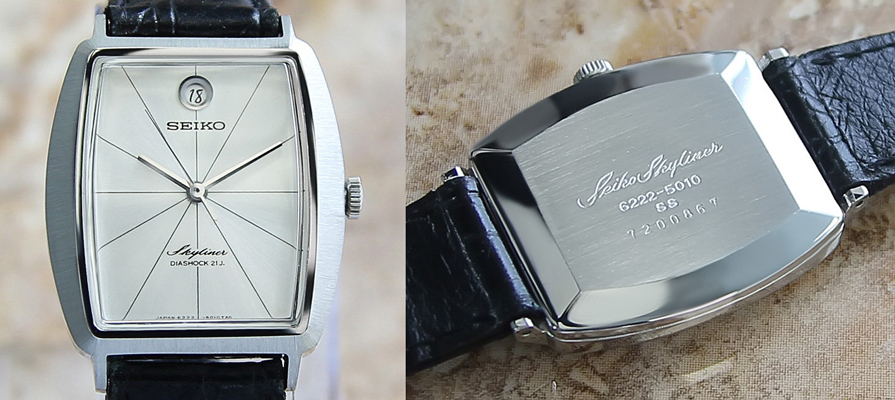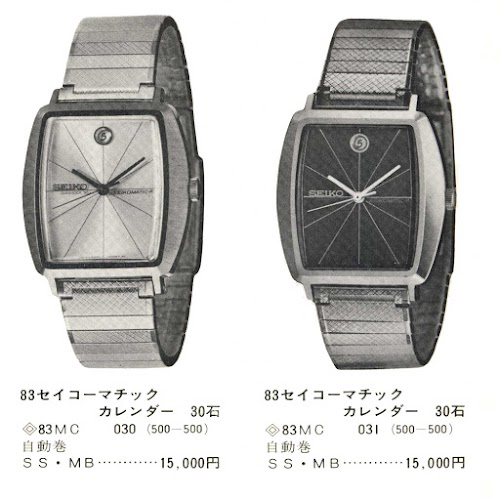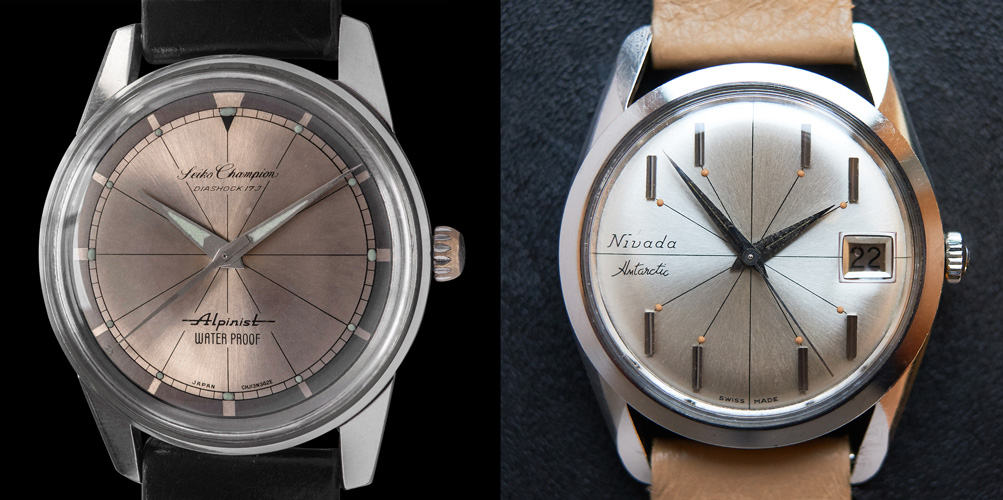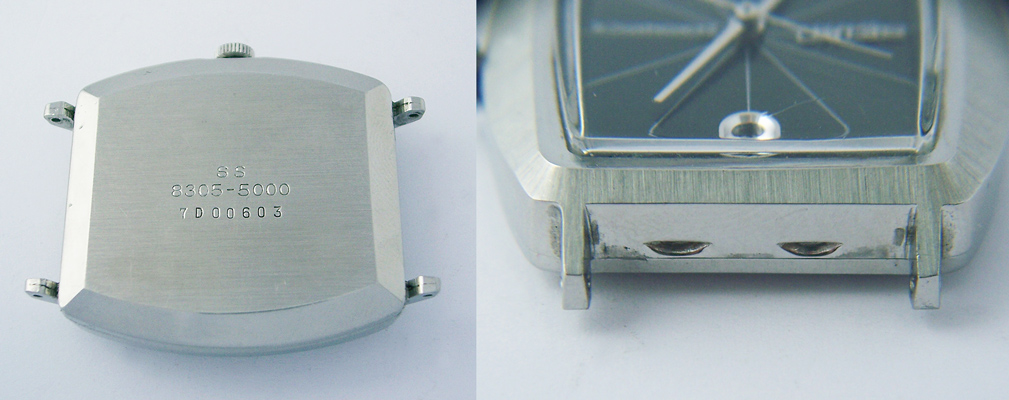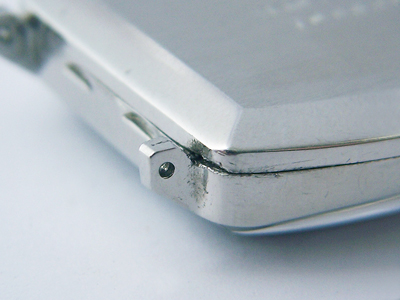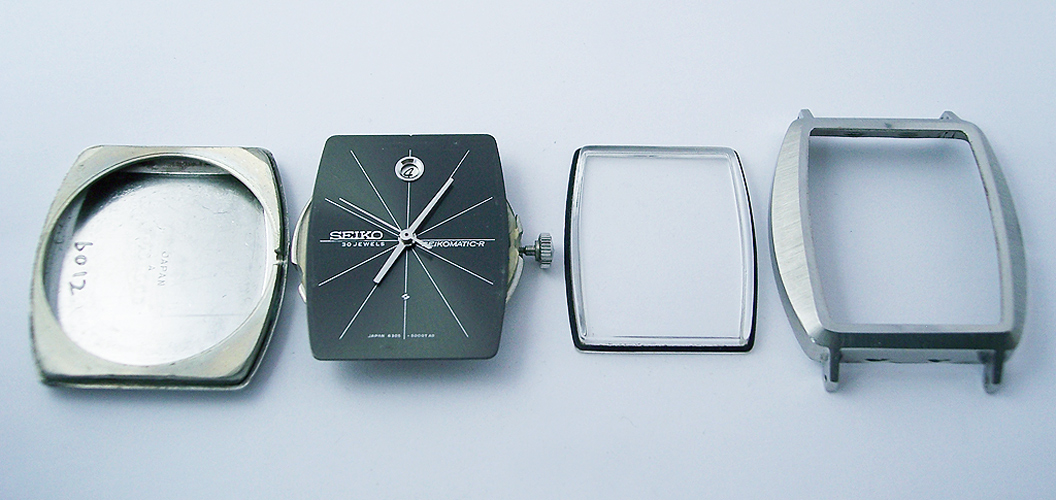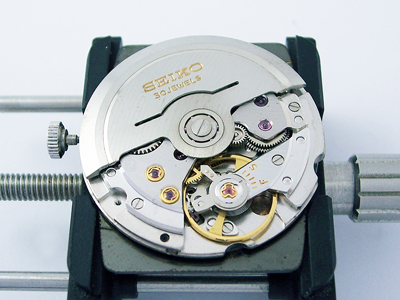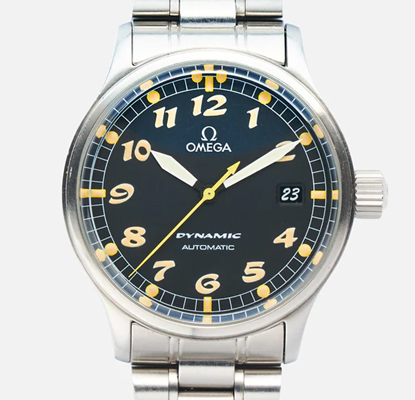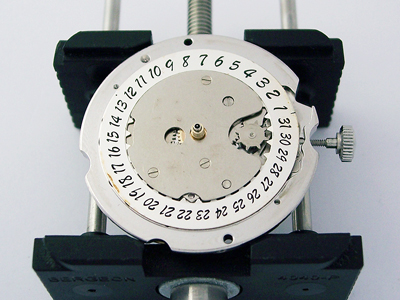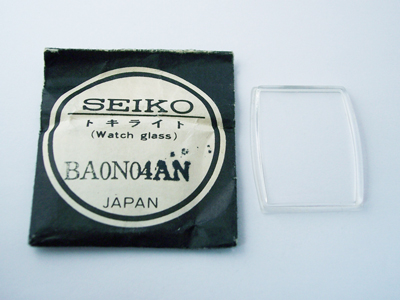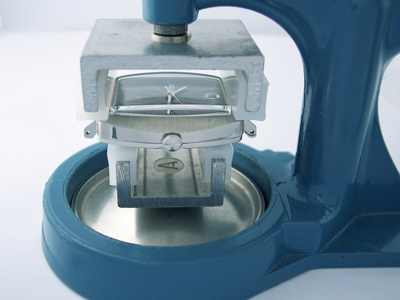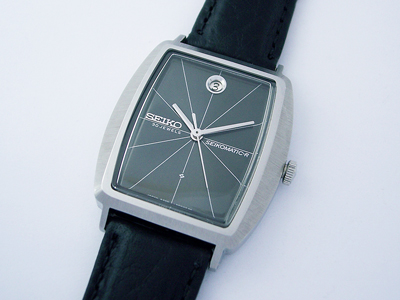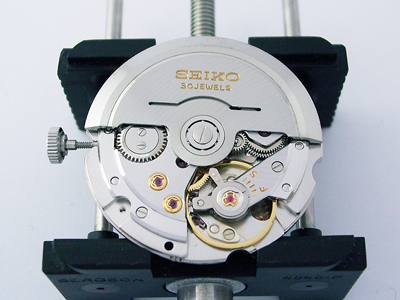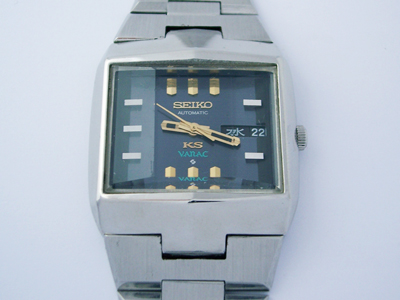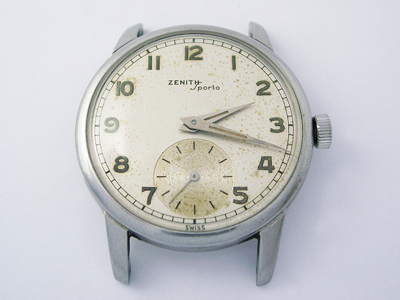A 1960’s Seiko dress watch this time, and a very handsome one at that, the 8305-5000 Seikomatic-R.
(Click pictures to enlarge)
The Seikomatic range was first introduced in 1960 and for the first half of the decade offered models in the Seikomatic, Selfdater and Weekdater ranges, powered by the 62xx range of calibres (formerly named 603/395/400 before Seiko switched to their 4 digit calibre numbering system.) It was a busy period for the model naming department at Seiko as 1965 saw the introduction of two further sub-ranges, the cal. 83xx powered Seikomatic-R, and cal. 51xx powered Seikomatic-P.
The Seikomatic name was dropped altogether and replaced by Business-A, Business-R and Presmatic for the same ranges shortly afterwards, before all the models were finally discontinued in 1968 to make way for the Lord Matic range, featuring the newly developed 56xx range of automatic calibres.
Ok, after that information overload, let’s move on to the watch in hand. Produced in December 1967, the 8305-5000 is actually a near identical version of an earlier Seiko model, the Skyliner 6222-5010.
Updating the model to add automatic winding, the watch was available in the same black and white dial variants.
Although a very handsome watch, the dial design can be ‘challenging’ as the time can be difficult to read at a glance. Of the two options, the black dial would be my preference as it provides more contrast between the dial and hands.
It’s a curious dial design, but isn’t the only one, as Seiko had a similar design with their earlier Champion 850 Alpinist and the Nivada Antarctic Spider also springs to mind.
Turning the watch over reveals another one-piece design, a base ‘tub’ with an overcase surrounding the crystal, the top being secured by four indentations, two between each lug.
I’m sure Seiko will have had a specific press to hold and separate these two parts, but I don’t have one, so opening the case proved quite challenging. A previous watchmaker must have had the same issue and had created a small gap behind one of the lugs whilst attempting to get inside. Not ideal, but it allowed me to gain access.
Once inside, the movement was in good condition and just as expected, a 30 jewel cal. 8305C automatic with a beat rate of 18,000 bph. For anyone wanting more technical details on the calibre, I wrote an in-depth article on the day/date version of this calibre several years ago, the 8306A, that post is available here.
One interesting thing about this model that you may have missed in the first picture, is the font used for the date wheel, a stylised font reminiscent of the one used in the 1990’s Omega Dynamic diver.
When removing the dial, I was relieved to see that the date ring had no issues (aside from a little discolouring which thankfully falls outside the viewing window), as finding a replacement would have been very difficult indeed.
Though the watch arrived as a non-runner, it was purely down to a lack of servicing as the old oils had congealed, stopping the watch dead. When cleaned and re-oiled, the movement started right back up.
Although the current crystal wasn’t damaged, the owner of the watch had gone to the trouble of sourcing a new crystal to make the most of that great dial and hands.
With the case cleaned, the movement serviced and the watch rebuilt, the last hurdle was to close the case. Again, Seiko will undoubtedly have had a specific press for this, but two dies from my trusty G-S crystal inserting tool proved an admirable alternative.
What isn’t obvious from the pictures is the size of this watch. At 31mm wide (34mm including crown), 40mm lug-lug and just 10mm high, it would slip perfectly under a shirt cuff, though it is perhaps a bit small for the larger wrist.
Rich.
** Many thanks to Lee Harding for letting me feature his watch on the blog. **

